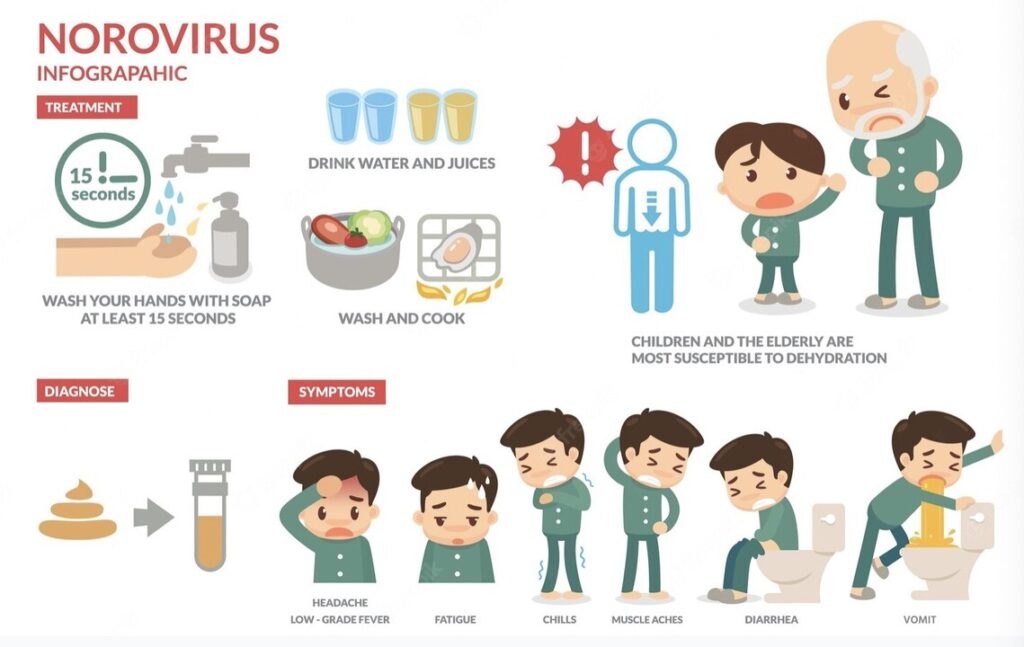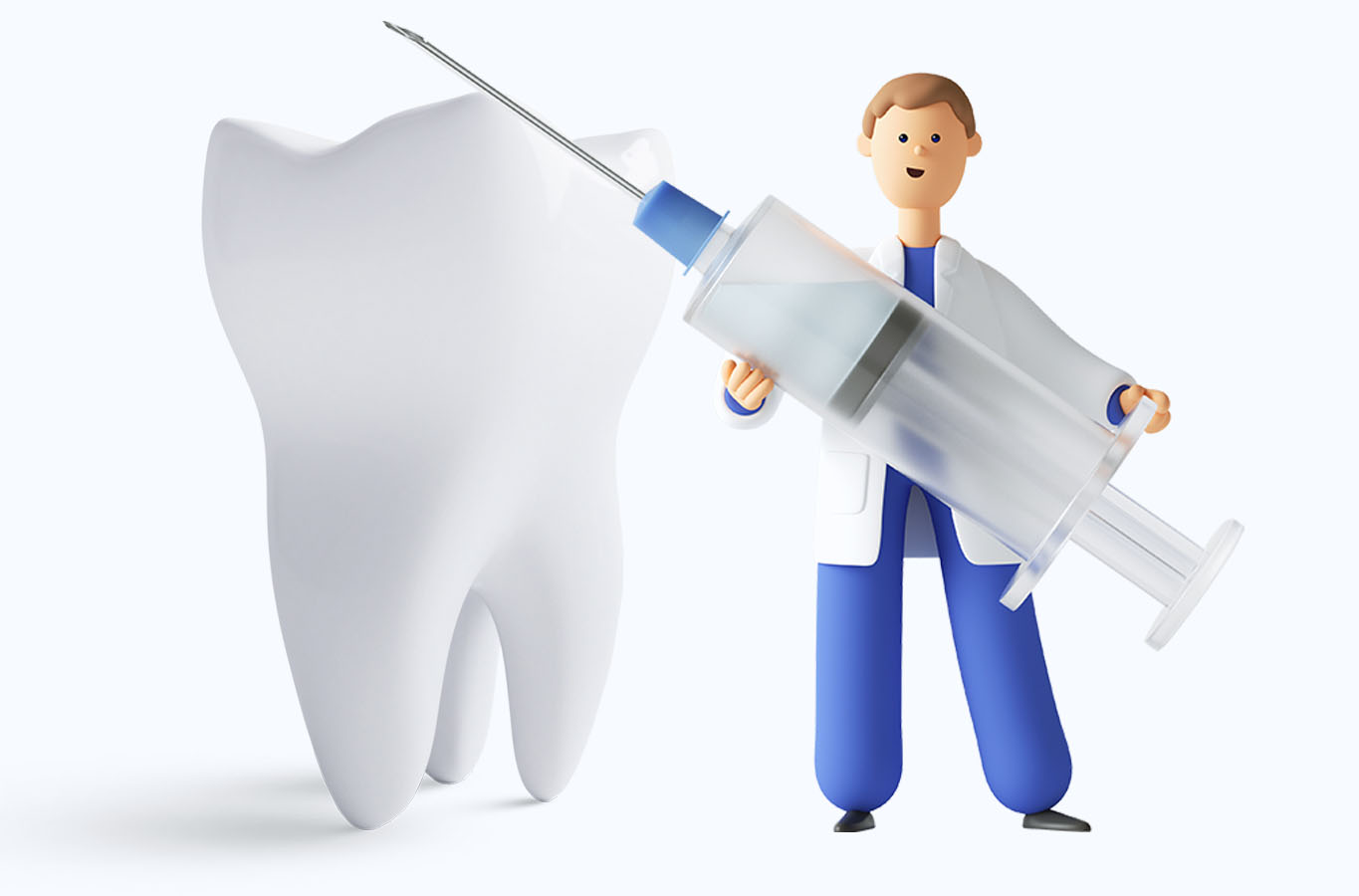RT-qPCR assays are the preferred method to detect norovirus. RT-qPCR assays are very sensitive and specific. They can detect as few as 10 to 100 norovirus copies. They use different oligonucleotide primer sets to detect genogroup I, genogroup II, genogroup VIII and GIX noroviruses. RT-qPCR assays can also provide estimates of viral load.
TaqMan-based RT-qPCR assays detect the RNA of the virus. They can be used to test the following for norovirus:
- Stool
- Vomitus
- Food
- Water
- Environmental specimens
Multiplex Gastrointestinal Platforms
Recently, several commercial platforms for detection of multiple gastrointestinal pathogens have become available. They include genogroup I and genogroup II norovirus. The sensitivity of these assays for norovirus is in the same range as RT-qPCR.
Enzyme Immunoassays
Rapid commercial enzyme immunoassays (EIAs) that detect norovirus antigen in stool samples are also available. However, these kits have poor sensitivity (50% to 75%) and are generally not recommended for testing single samples from sporadic cases of gastroenteritis.
These assays can be used for preliminary identification of norovirus when testing multiple specimens during outbreaks. However, samples that test negative should be confirmed by a second technique, such as RT-qPCR. Thus, EIA kits should not replace RT-qPCR during outbreak investigations.
Genotyping
Genetic characterization of noroviruses detected in stool and environmental samples can be very useful in epidemiologic investigations by:
- Linking cases
- Suggesting a common source
- Identifying new emerging virus strains
Norovirus can be genotyped by sequence analysis of a RT-PCR product amplified from a partial region of both the polymerase gene (region B) and capsid gene (region C) in a single reaction for either genogroup I or genogroup II viruses.
All laboratories participating in CaliciNet use dual typing for norovirus. The sequences obtained are compared to CaliciNet reference sequences for typing. An example of dual typing nomenclature is the GII.4 Sydney[P16] norovirus strain; it has caused the majority of all norovirus outbreaks in the United States in recent years.
Specimen collection overview
Whole stool is the preferred clinical specimen for laboratory diagnosis of norovirus. If food or water is the suspected cause of an outbreak, collect samples as soon as possible after people were exposed. Then immediately refrigerate the samples.











